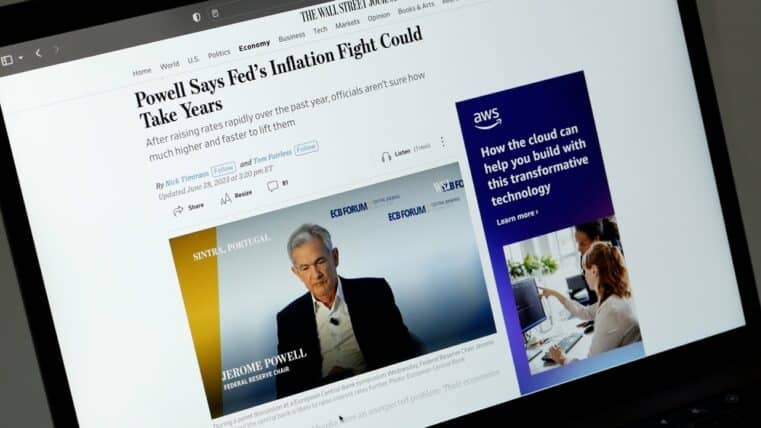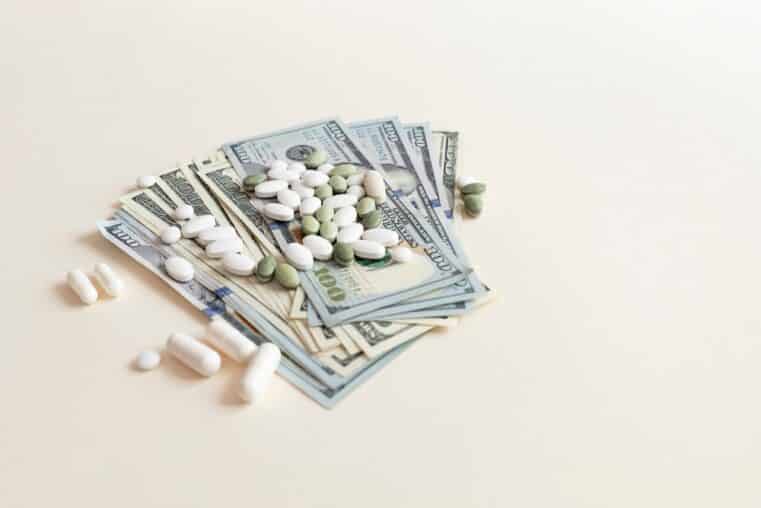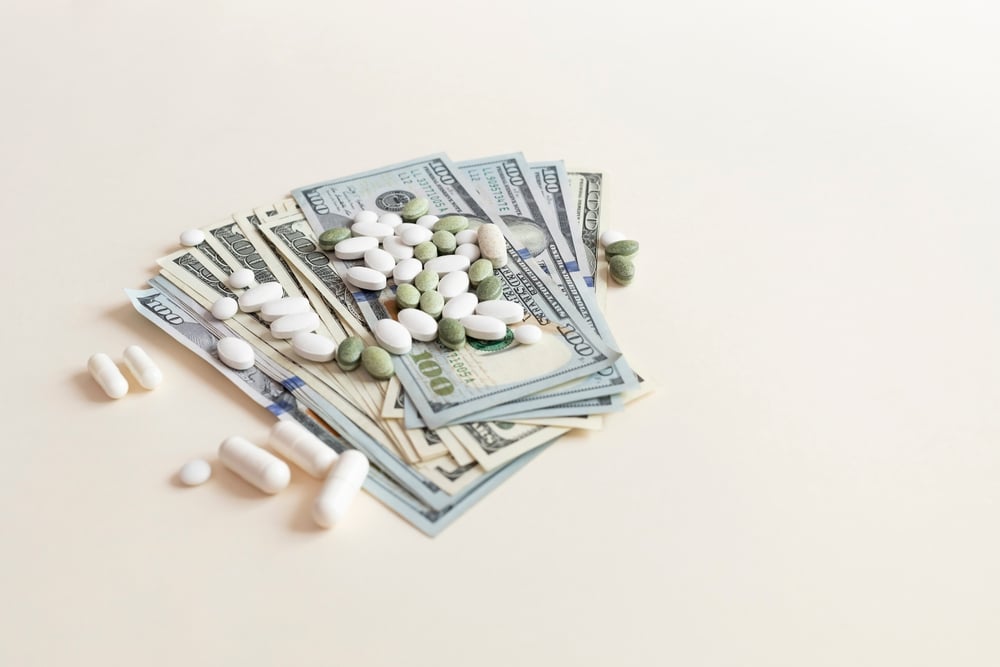
Interest Rate Blues: It’s What’s Driving America's Economic Gloom
Public opinion has been starkly negative on the economy, despite a strong job market and fading inflation. Researchers have a new potential answer for why: the end of cheap borrowing.
Why it matters: Americans don't just hate inflation; they also hate the go-to policy tool aimed at bringing inflation down — namely, interest rate hikes.
- If that hypothesis is correct, the downbeat sentiment is a result of the higher interest costs for credit cards, cars and more that aren't captured by traditional gauges of inflation.
- It raises the prospect that consumer sentiment measures will improve as the Fed begins cutting interest rates, likely sometime this year.
What they're saying: "If high borrowing costs explain the consumer sentiment anomaly of 2023, then the recent moderation of the growth rate of borrowing costs in recent months could help consumers significantly in 2024," IMF economist Marijn Bolhuis and Harvard's Judd Cramer, Karl Oskar Schulz, and Larry Summers write in a new working paper.
- But, they warn, "further rises could prolong consumer dissatisfaction."
How it works: Last year's depressed consumer sentiment bucked historical trends in which feelings about the economy largely tracked employment and inflation trends.
- "Explanations for this recent pattern have ranged from arguments about the lagged effects of inflation to suspicions that partisanship and 'vibes' lie behind this startling gap," the authors write.
- But it's much simpler than that, they say: "[C]onsumers are including the cost of money in their perspective on their economic well-being, while economists are not."
- Spending on "personal interest payments," which do not include home mortgages, soared 43% over the 12 months ended in November, nearly doubling as a share of total consumption expenditures.
Yes, but: While higher interest rates have made mortgages, car payments and credit card financing much pricier, that is not reflected in the modern calculation of the Consumer Price Index.
- Housing prices and financing costs were cut from the index after a measurement redesign in the 1980s.
- Building on prior research, the economists constructed an inflation gauge based on that old methodology. It shows inflation that is well below its peak, though it hasn't cooled quite as much as the CPI measure.
Zoom in: With this measure, researchers find a smaller gap between actual consumer sentiment and where it should be, given the state of inflation.
- "If we look and compare how consumers are reacting today to the inflation measure that was in existence back then, there's still a gap but it's not as huge as it would be otherwise," Cramer tells Axios.
- That means there "probably still is a 'vibecession' but it's not as large as a factor as people thought it was," Cramer adds. "This paper finds it's not only the vibes — it's that people are responding to increases in interest rates the way they used to."
The intrigue: One gauge of consumer confidence shows the recent rebound in sentiment might have been a headfake.
- The Conference Board's index of consumer confidence fell this month, while the previous month was revised down — suggesting "there was not a material breakout to the upside in confidence at the start of 2024."
This article originally appeared on Axios











